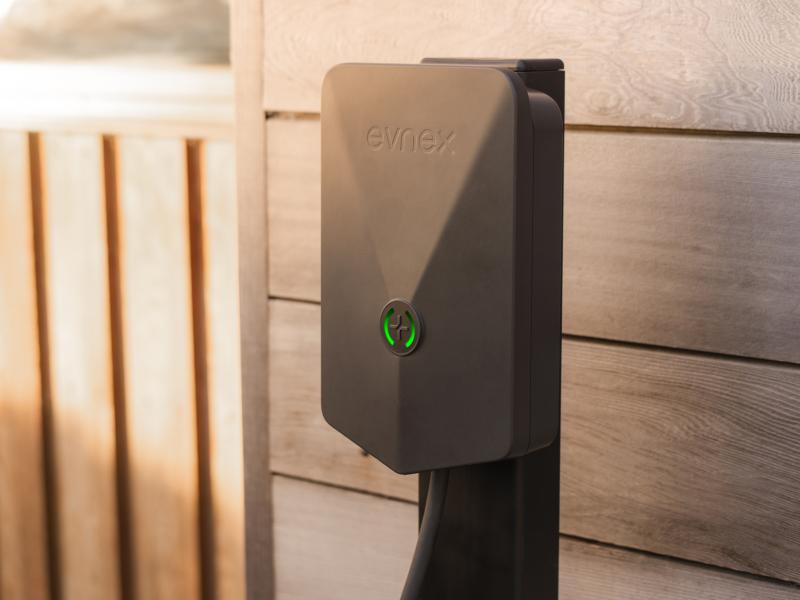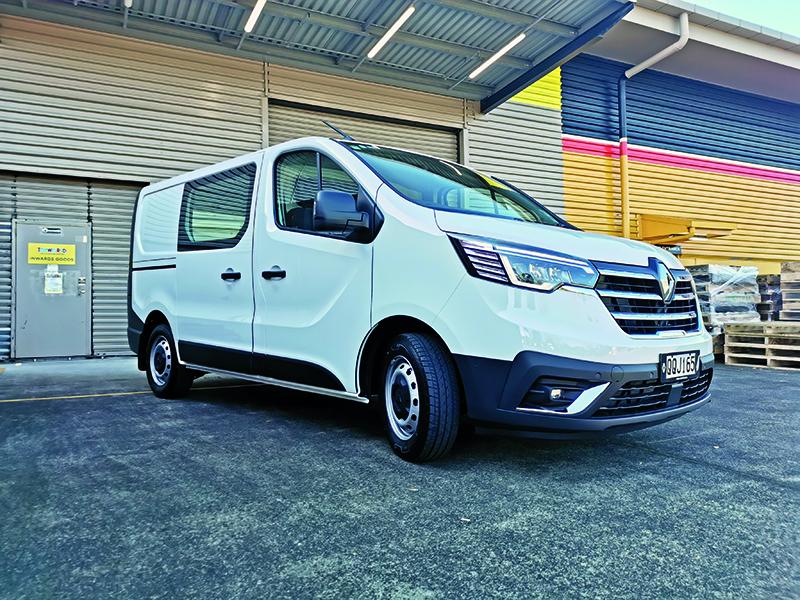In today’s rapidly evolving world, businesses face the constant challenge of efficiently managing their fleets while reducing costs, improving profitability, and ensuring driver safety. Fortunately, advancements in fleet telematics and technology have emerged as powerful tools, empowering fleet managers to gain invaluable insights, optimise operations, and unleash the full potential of their fleets.
Fleet telematics, combined with cutting-edge technology, harnesses an array of real-time data and connectivity solutions that provide fleet managers with unprecedented visibility into their operations. This comprehensive overview enables them to precisely track vehicles, monitor fuel consumption, analyse driver behaviour, manage routes, and more. Armed with these insights, fleet managers can strategise and implement data-driven decisions that streamline operations, minimise idle time, optimise route planning, and ultimately maximise productivity.
In the fiercely competitive business landscape, fleet managers are constantly seeking avenues to reduce costs and improve profitability. Fleet telematics, along with smart technology features, offers a multitude of cost-saving opportunities.
By meticulously monitoring fuel consumption and engine diagnostics, fleet managers can identify inefficient driving practices, leading to improved fuel efficiency. With optimised route planning, businesses can minimise fuel expenses and eliminate unnecessary mileage, freeing up resources and increasing the bottom line. Furthermore, advanced predictive maintenance features minimise vehicle breakdowns, reducing long-term repair costs and enhancing fleet longevity.
Ensuring driver safety is a pivotal priority for any fleet operation. Fleet telematics, combined with technology-driven safety features, equips fleet managers with the tools to proactively enhance driver safety and mitigate potential risks. Real-time monitoring of driver behaviour, such as harsh braking, speeding, or rapid acceleration, enables fleet managers to provide targeted training, coaching, and feedback to promote safer driving habits. With the aid of technology, fleet managers can also implement geofencing capabilities, alerting drivers and managers if vehicles deviate from predefined routes, helping to prevent unauthorised use or potential theft. These safety measures cultivate a culture of responsibility and encourage drivers to remain vigilant, contributing to a safer overall working environment.
The fusion of fleet telematics and technology is not static; it is constantly evolving to meet the ever-changing demands of the industry. Advancements such as artificial intelligence (AI), machine learning, and the Internet of Things (IoT) propel fleet management to new heights. AI-powered predictive analytics can anticipate and identify maintenance issues before they escalate, minimising vehicle downtime and expenses. Devices connected via the IoT allow for seamless fleet-wide communication, enabling real-time updates and enhancing operational coordination. As these innovations continue to unfold, fleet managers who embrace the possibilities of fleet telematics and technology will remain at the forefront of the industry, poised to reap the rewards of increased efficiency and improved profitability.
The integration of fleet telematics and technology ushers in a new era of fleet management. By harnessing the power of real-time data, connectivity, and advanced features, fleet managers are empowered to make informed decisions, optimise operations, reduce costs, and enhance driver safety. The road ahead holds even more promising advancements that will continue to reshape the fleet management landscape. As businesses increasingly recognise the benefits, embracing fleet telematics and technology will undoubtedly become a fundamental pillar for managing fleets in the ever-changing world of business and transportation.
In short – the investment in telematics and technology will invariably pay dividends, provided you manage it well.






